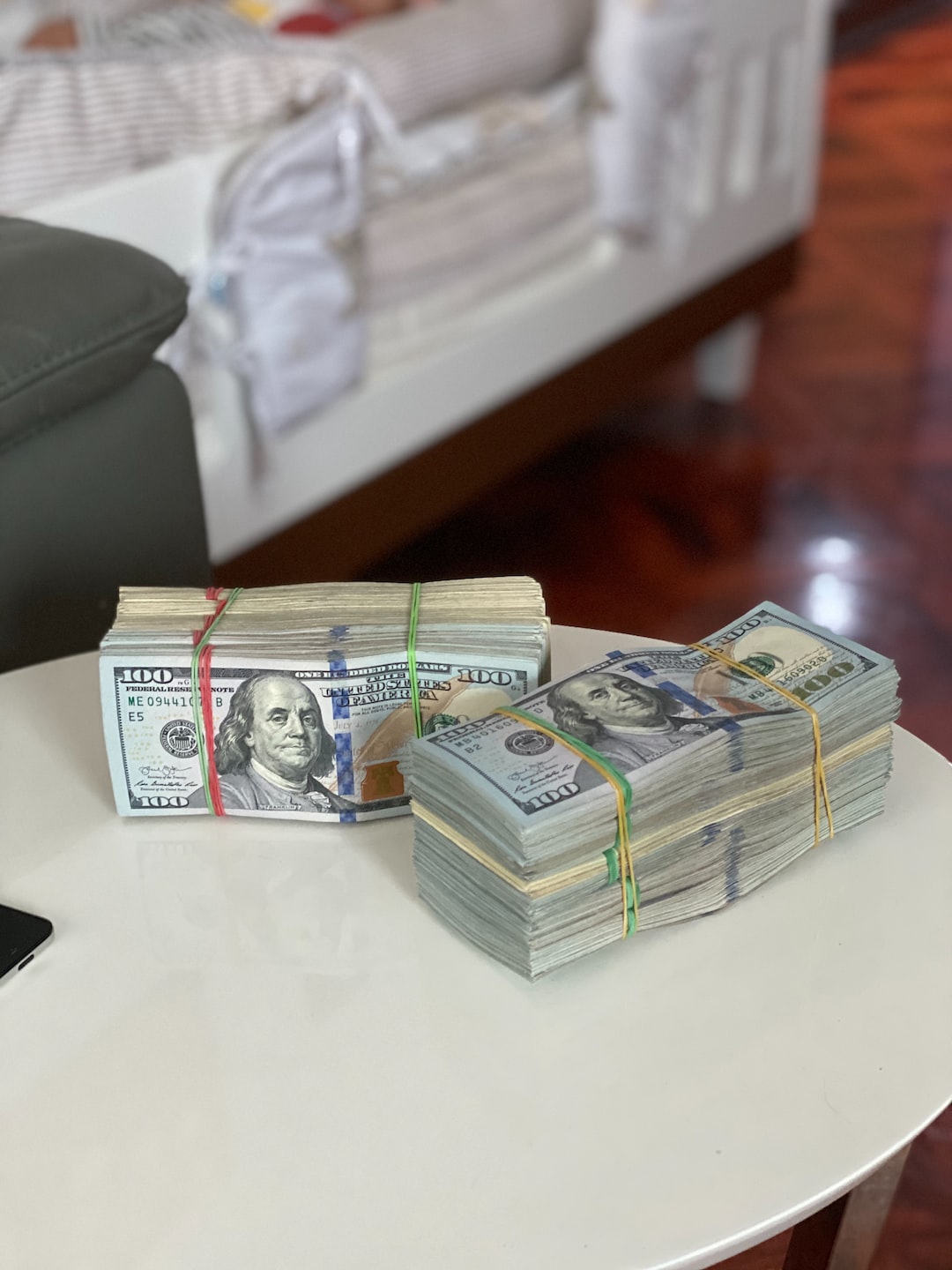Forex rates or foreign exchange rates are the rates at which one currency can be exchanged for another currency. These rates play a vital role in international trade and finance as they determine the value of one currency in terms of another. In India, forex rates are determined by a number of factors including global economic conditions, geopolitical events, and monetary policy decisions of the Reserve Bank of India (RBI).
When it comes to individual customers, Indian banks generally use the Interbank exchange rate or the wholesale exchange rate to determine forex rates. The Interbank exchange rate is the rate at which banks and financial institutions buy and sell currencies among themselves. This rate is typically more favorable than the retail exchange rate which is the rate at which banks sell currencies to customers.
The Interbank exchange rate is determined by supply and demand in the forex market. When there is a high demand for a currency, its value increases, and the exchange rate goes up. Conversely, when there is a low demand for a currency, its value decreases, and the exchange rate goes down. The RBI also plays a role in setting the Interbank exchange rate by buying and selling currencies in the forex market to stabilize the exchange rate.
For individual customers, the forex rates offered by banks are generally higher than the Interbank exchange rate. This is because banks add a markup or a spread to the exchange rate to cover their costs and make a profit. The markup can vary depending on the bank and the transaction amount.
In addition to the Interbank exchange rate, Indian banks also use other forex rates to determine exchange rates for individual customers. These include the RBI reference rate, the card rate, and the base rate.
The RBI reference rate is a daily published rate that reflects the average of the buying and selling rates of major currencies in the forex market at noon. This rate is used as a benchmark rate by banks for their forex transactions.
The card rate is the rate at which banks sell foreign currencies to customers who want to use their debit or credit cards abroad. This rate is generally higher than the Interbank exchange rate and the RBI reference rate because of the additional costs involved in providing card services.
The base rate is the rate at which banks buy and sell currencies from their customers. This rate is generally lower than the card rate and the retail exchange rate as banks do not add a markup to this rate.
In conclusion, Indian banks use the Interbank exchange rate as the base rate to determine forex rates for individual customers. Banks add a markup to the Interbank exchange rate to cover their costs and make a profit. Other rates such as the RBI reference rate, card rate, and base rate are also used by banks for their forex transactions. It is important for customers to compare rates offered by different banks before making a forex transaction to get the best deal.





